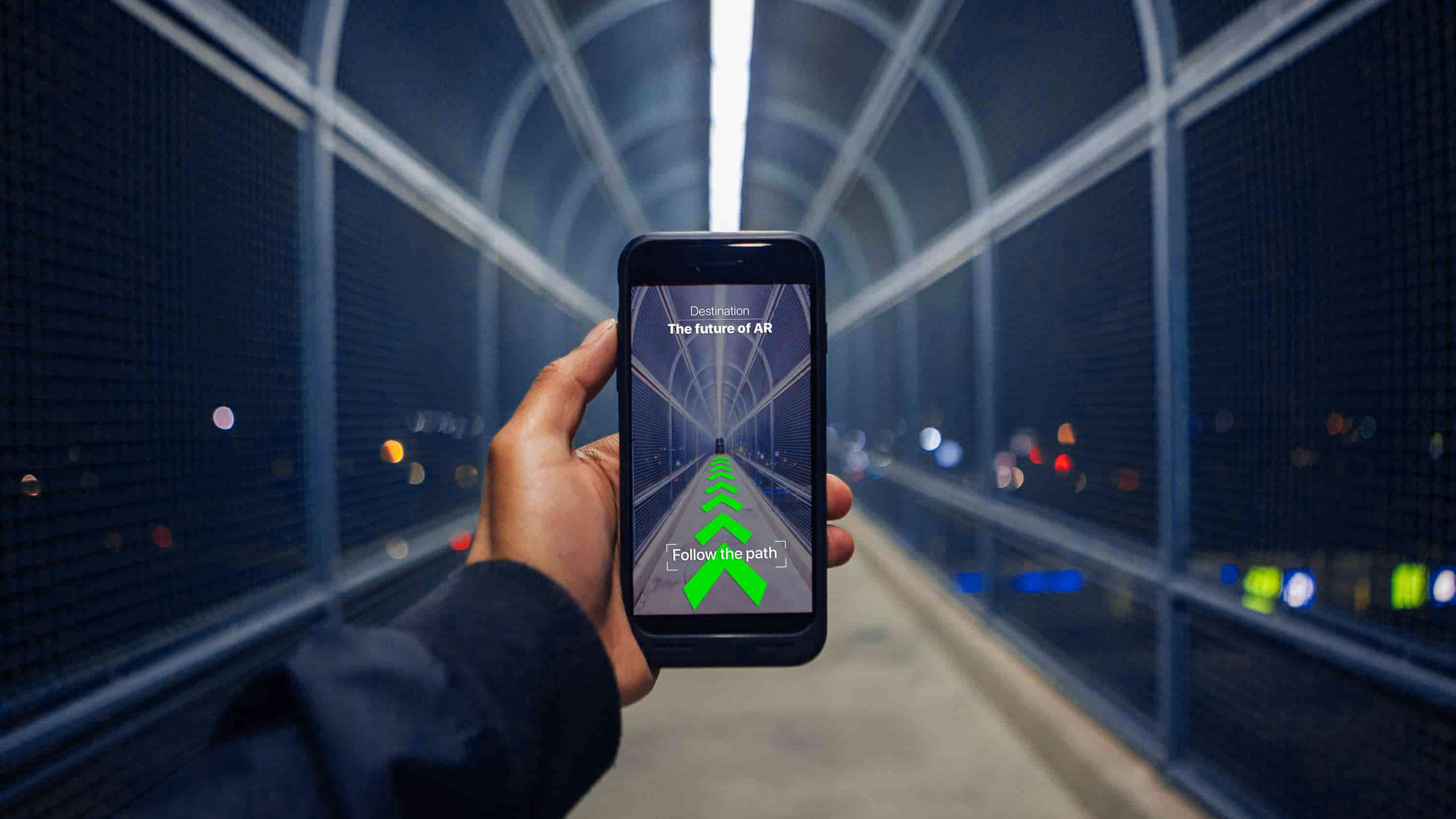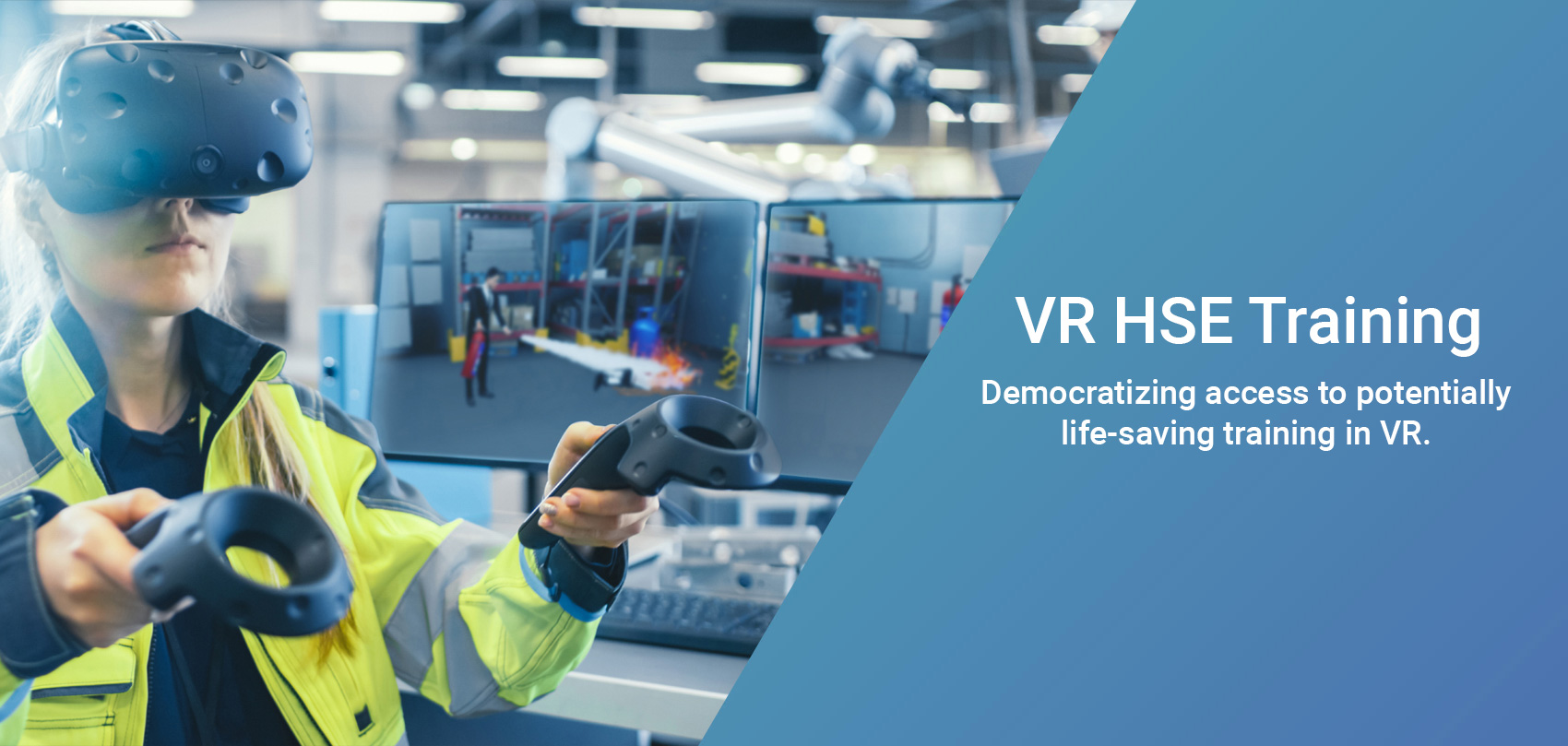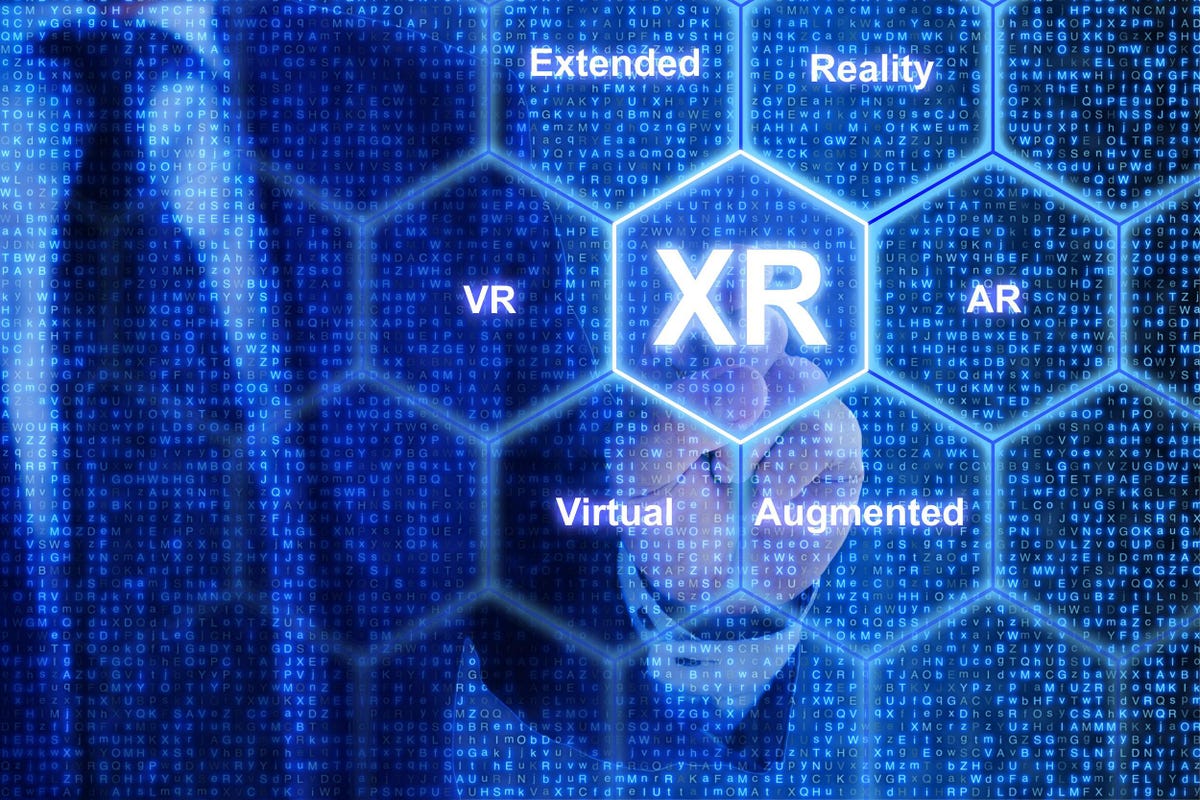May 01,2023

Get Ready to Explore: How Augmented Reality Navigation is Revolutionizing Travel
As someone who loves travelling, I am always looking for ways to make my trips more enjoyable and convenient. That's why I was excited to learn about augmented reality (AR) navigation and how it's revolutionizing travel. In this article, I'll explore what AR navigation is, how it works, its advantages over traditional navigation, examples of AR navigation in travel, challenges in implementing AR navigation, and the future of AR navigation in travel. I'll also share some of the top AR navigation apps for travellers and how you can use AR navigation to have a better travel experience.
Continue Reading...

Apr 24,2023

Boost Your Digital Immune System: How to Stay Protected in a Rapidly Evolving Tech Landscape
As technology continues to advance at breakneck speed, it has become increasingly important to keep yourself safe and secure in the digital world. With the proliferation of malware, data breaches, phishing scams, and identity theft, the threats to your digital security are numerous and ever-present. But with a few simple steps, you can boost your digital immune system and protect yourself from these dangers.
Continue Reading...

Apr 10,2023

Why UI/UX is the Driving Force Behind Successful Tech Products
In today's digital age, creating a successful tech product is not just about the technology behind it. It's also about the user experience. User Interface (UI) and User Experience (UX) are the driving force behind any successful tech product. Simply put, the UI is the visual design of the product, while the UX is the overall experience a user has while interacting with the product. The two go hand in hand, and when done correctly, they can make or break a product. In fact, companies that prioritize UI/UX design have been found to outperform their competitors by as much as 228%. This is why UI/UX design has become a top priority for businesses looking to create successful tech products. In this article, we'll explore why UI/UX is so important and how it can help your product succeed in today's competitive digital landscape.
Continue Reading...

Apr 03,2023

3D Rendering: A Game-Changing Tool for Real Estate Marketing and Sales
The real estate industry has become increasingly competitive in today's fast-paced world. As a result, real estate professionals are always on the lookout for innovative and effective ways to market their properties. Enter 3D rendering: a game-changing tool that has revolutionized the way real estate is marketed and sold. With 3D rendering, potential buyers can now take virtual tours of a property, allowing them to experience it as if they were physically there. This technology has not only made the buying process more convenient, but it has also helped real estate professionals showcase their properties in a more visually appealing way. In this article, we'll explore how 3D rendering is transforming the real estate industry and how it can help you take your marketing and sales to the next level. So, buckle up and get ready to discover the power of 3D rendering!
Continue Reading...

Mar 27,2023

The Future is Green: How Sustainable Technology is Revolutionizing the Industry.
The world is changing, and so is the way we do business. As we become increasingly aware of the impact of our actions on the environment, sustainable technology is emerging as the future of the industry. From renewable energy sources to eco-friendly production methods, businesses are embracing green technology to reduce their carbon footprint and create a more sustainable future. But what exactly is sustainable technology, and how is it revolutionizing the industry? In this article, we will explore the innovative ways in which businesses are using sustainable technology to create a more environmentally friendly future, and the impact it is having on the industry as a whole. Join us as we delve into the exciting world of green technology and discover how it is shaping the future of business.
Continue Reading...

Mar 20,2023

Get Ahead of the Game: The Wearable Devices to Watch Out for in 2023
Technology has become an essential part of our lives today, and wearable devices have taken the tech world by storm. These devices are no longer just a luxury but have become a necessity for many. But with technology advancing at an unprecedented pace, what will be the top wearable devices in 2023? As a digital marketing specialist, I have researched and analyzed the latest trends in the wearable device industry to bring you exclusive insight into the future. In this article, I will discuss the top ten wearable devices that will dominate the market in 2023.
Continue Reading...

Mar 01,2023

Digital Twins to Bridge the Gap Between the Digital and Physical Worlds
In today's digital world, technology is constantly evolving to meet the demands of a rapidly changing environment. One of the latest digital innovations is the concept of a “digital twin”. A digital twin is a computer-generated replica of a physical system, process, or product that can be used to monitor, manage, and optimize a wide variety of activities. By leveraging the power of the Internet of Things (IoT) and data analytics, digital twins are transforming the way we interact with technology and allowing businesses to create more efficient and cost-effective solutions. In this article, we will take an in-depth look at how digital twins are revolutionizing technology and how they are being used to improve operational efficiency, reduce costs, and create new opportunities for businesses.
Continue Reading...

Feb 21,2023

Revolutionizing HSE Training with Virtual Reality Technology
The safety and well-being of workers on the job are of the utmost importance, yet traditional HSE (Health, Safety, and Environment) training can often be dull and uninspiring. With advances in virtual reality technology, it is now possible to revolutionize HSE training and make it more engaging and effective. Instead of simply reading material, or listening to a lecture, HSE trainers can now create immersive 3D environments that allow workers to interact with the training material in a realistic and engaging manner. By utilizing virtual reality technology, HSE trainers can create engaging and interactive training experiences that are much more effective than traditional training methods. With the help of virtual reality, HSE training can be revolutionized and made much more effective.
Continue Reading...

Jan 25,2023

Exploring the Possibilities of Hologram Fan Technology: How It's Changing the Game
Hologram fan technology is revolutionizing the way people experience live events. From concerts and sports games to conferences and conventions, this cutting-edge technology allows fans to virtually attend events from the comfort of their own homes. Fans can now experience the excitement of being in the same room as their favourite performers, athletes, and speakers without the need to travel or pay expensive ticket fees. This technology offers a unique, immersive experience that brings people together in a way that was never before possible. Hologram fan technology is changing the game of entertainment and creating exciting possibilities for the future.
Continue Reading...

Jan 16,2023

What to Expect in the World of Extended Reality Technology in 2023
It’s 2023 and extended reality (XR) technology has come a long way since its inception in the early 2000s. From the beginning, XR has been a revolutionary technology that has reinvented the way we interact with the world around us. With the advancements in computing power, network connectivity, and the emergence of new technologies such as 5G and artificial intelligence, XR technology is now poised to take the world by storm. In the next few years, we can expect to see XR being used in a variety of ways, such as providing immersive entertainment experiences, enhancing medical treatments, and transforming the way people work. XR technology will have the potential to revolutionize the way we interact with our environment and each other. From virtual reality (VR) to augmented reality (AR), and from mixed reality (MR) to extended reality (XR), the possibilities are endless. So, what can we expect from XR technology in the next few years?
Continue Reading...


 Call
Call
 Mail
Mail